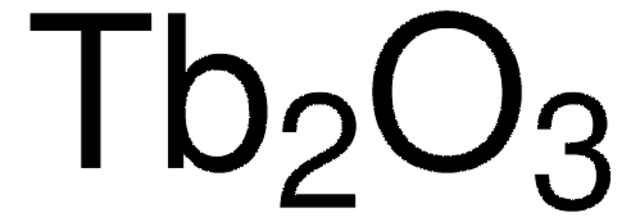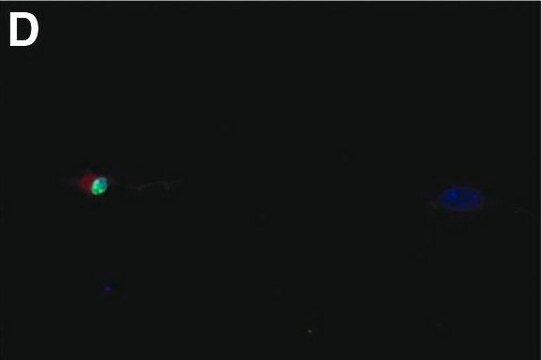MABE939
Anti-phospho Histone H3 (Ser10), clone 6G8B7 Antibody
clone 6G8B7, 1 mg/mL, from rat
Synonym(s):
H3S10P, Histone H3 (phospho Ser10), H3 histone, family 3A, H3.3A, H3 histone, family 3B, H3.3B
About This Item
ICC
WB
immunocytochemistry: suitable
western blot: suitable
Recommended Products
biological source
rat
Quality Level
antibody form
purified antibody
antibody product type
primary antibodies
clone
6G8B7, monoclonal
species reactivity
human
concentration
1 mg/mL
technique(s)
ELISA: suitable
immunocytochemistry: suitable
western blot: suitable
isotype
IgG2aκ
NCBI accession no.
UniProt accession no.
shipped in
wet ice
target post-translational modification
phosphorylation (pSer10)
Gene Information
human ... H3C1(8350)
General description
Immunogen
Application
ELISA Analysis: A representative lot detected Histone H3 (Ser10) using differently phosphorylated and unphosphorylated peptides unmodified H3, H3 S10ph, and H3 S28ph (Prof. Taro Tachibana, Osaka City University).
Epigenetics & Nuclear Function
Nuclear Receptors
Quality
Western Blotting Analysis: 0.5 µg/mL of this antibody detected Histone H3 (Ser10) in 10 µg of nocodazole treated HeLa cell lysates.
Target description
Linkage
Physical form
Storage and Stability
Disclaimer
Not finding the right product?
Try our Product Selector Tool.
recommended
Storage Class Code
12 - Non Combustible Liquids
WGK
WGK 1
Flash Point(F)
Not applicable
Flash Point(C)
Not applicable
Certificates of Analysis (COA)
Search for Certificates of Analysis (COA) by entering the products Lot/Batch Number. Lot and Batch Numbers can be found on a product’s label following the words ‘Lot’ or ‘Batch’.
Already Own This Product?
Find documentation for the products that you have recently purchased in the Document Library.
Our team of scientists has experience in all areas of research including Life Science, Material Science, Chemical Synthesis, Chromatography, Analytical and many others.
Contact Technical Service







